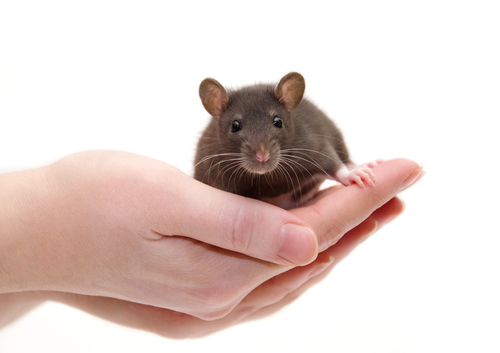Gene Therapy Using Improved Virus Holds Promise for Pompe Disease Treatment, Mouse Study Shows
Written by |

Gene therapy, using an improved version of a virus as a delivery vehicle, greatly improved muscle and respiratory function in a mouse model of Pompe disease.
The study, “Systemic delivery of AAVB1-GAA clears glycogen and prolongs survival in a mouse model of Pompe disease,” was published in the journal Human Gene Therapy.
Pompe disease is a progressive and often fatal neuromuscular disorder resulting from mutations in the acid alpha-glucosidase (GAA) gene that leads to the total absence, or a less effective version, of the GAA enzyme.
This causes a toxic accumulation of glycogen — a large sugar molecule used for energy storage — in multiple tissues, which mainly affects cardiac, respiratory, and skeletal muscles, as well as the central nervous system (CNS; spinal cord and brain).
Currently, the only approved treatment for this disease is an enzyme replacement therapy (ERT) – Lumizyme – in which the GAA enzyme is delivered to patients once or twice a week. However, it induces only a partial reduction of muscle damage, and it cannot reach the brain and reduce the accumulation of glycogen in affected nerve cells that control respiratory muscles.
Gene therapy aims to solve those problems through the restoration of the body’s ability to produce functional GAA enzyme on its own by providing cells with a functioning copy of the GAA gene.
This strategy, using a modified and safe version of the adeno-associated virus (AAV) to transport and deliver the healthy GAA gene copy, has been studied extensively in a mouse model of Pompe disease.
Positive results in preclinical studies have led to a Phase 1/2 trial (NCT00976352) evaluating the injection of this type of modified virus in a respiratory muscle (diaphragm) of Pompe patients. The results showed this type of therapy was safe and improved the patients’ respiratory function.
While these results bring promise to its use as a future therapeutic strategy to treat Pompe disease, preclinical studies have showed that the resulting clearance of excess glycogen in the muscles is highly variable.
As a result, there is an increasing interest in finding or engineering improved delivery systems (such as virus) that will induce a more targeted delivery to relevant tissues.
Researchers investigated the therapeutic effects of a newly engineered virus that mainly targets muscles and the CNS – AAVB1 – in a Pompe’s mouse model when glycogen accumulation was already present.
Three-month-old mice were injected with either AAVB1-GAA or AAV9-GAA virus – a modified virus being evaluated in a Phase 1 clinical trial (NCT02240407). The survival rate, GAA enzymatic activity, glycogen reduction, and respiratory function were assessed six-months later.
Both viruses significantly prolonged the mice’s survival, compared to untreated mice. The researchers believe this was due mainly to the reduced levels of glycogen found in the hearts of mice of both treatment groups.
Both treatments also showed similar levels of GAA enzyme activity and glycogen clearance in the diaphragm and CNS, which were improved significantly compared to untreated mice.
However, AAVB1-GAA treated mice had higher GAA activity and greater glycogen clearance in the tongue, greater weight gain, and improved lung function, compared to those treated with AAV9-GAA.
According to the researchers, these effects may be connected because the tongue plays a vital role in adequate feeding and maintaining unobstructed upper airways.
“These clinical findings underscore the importance of ensuring that novel therapies adequately treat the tongue pathology,” the researchers wrote.
The results indicate that AAVB1-GAA is a potential therapeutic option for the treatment of muscle and CNS symptoms in Pompe disease, with superior therapeutic effects than those with AAV9-GAA.





